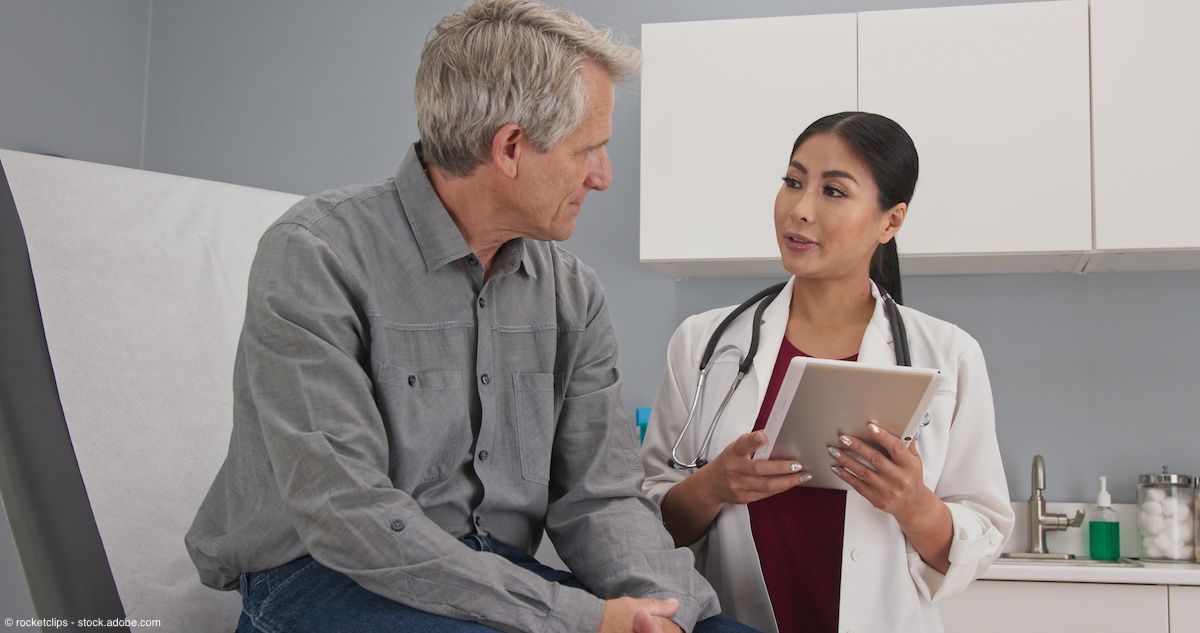Commentary
Video
Dr. Morton on the FDA approval of the Tenacio pump for erectile dysfunction
Author(s):
"We knew that the MS or momentary squeeze pump, originally designed at AMS was a fine device, but it did have some issues. We thought we could make it even better," says Ronald A. Morton, MD.
Earlier this month, the FDA approved the Tenacio pump component for Boston Scientific’s AMS 700 inflatable penile prosthesis for patients with erectile dysfunction. In this video, Ronald A. Morton, MD, the chief medical officer of the urology division of Boston Scientific, touches on the pump and its approval.
Video Transcript:
The Tenacio approval is something that we've been working on for some time. We knew that the MS or momentary squeeze pump, originally designed at AMS was a fine device, but it did have some issues. We thought we could make it even better. The 2 things that we focused on were 1, how could we make the patient's interface with their device better, and 2, there were occasional complaints that the pump valve system into the internal valve system would get stuck and the pump would not work, and physicians would have to go through a number of maneuvers to get it unstuck. Could we eliminate that as an issue. So, the engineering team went to work trying to understand those 2 issues via looking at the workings of the pump and getting voice of the customer from both patients and physicians. In that voice of the customer, it's important to note that we really focused on what happens in the physician's office when the physician–or physician's assistant or a nurse, it could be anyone, but it's oftentimes a physician–actually has to teach the patient how to use the pump in that post operative period.
The inflatable penile prosthesis, as a device is different from many other medical devices. If you get a pacemaker put it, you don't have to learn how to turn your pacemaker off and on, et cetera. You just get the pacemaker put in, and it works and the patient does nothing. They can forget about it. If you get an artificial hip, you don't have to turn the hip off and on or anything like that. But with this implantable device, there is an interface between the patient and the actual device that's critical for the performance of the device. So, could we improve upon that patient experience, such that the patients would get a much more satisfaction out of having the device and using the device? That was the goal, if you will, of working on something it was already working very well, but could we make it better.
The engineers came up with 3 important components to making it better. One, the pump has ridges on it, and the ridges do a couple of things in terms of keeping it in place, but most importantly, they're landmarks that the patient can feel, so that they know where their pump is, and they're using it in the right way. So, the ridges were made somewhat more prominent. Two, the pump really has 2 parts from a patient's perspective. It's got a pump part that you pump up the device with, and then it's got a deflate valve. The distance between those 2 components was made just a little bit longer, so that the patient could more clearly differentiate which one that they're using. Because remember, they don't have the pump sitting out on a desk or something, it's in their scrotum. They've got to feel it through their skin. Making it easier to differentiate the 2 parts. Then the third and perhaps the most important part was retooling the valve system on the inside such that there were, without getting too much into the the engineering, individual components for each of the each of the ways that the fluid has to be transferred for the device to work. What that addressed is the issue that we were seeing sometimes of the pump sticking and having to be manipulated in order to get it to work. That manipulation couldn't really be done by a patient; they would actually have to go into a physician's office to get that done. So, those were the targets for the redesign. These are things that we think will ultimately improve the patient's experience with the pump, and by extension, the physician's experience.
This transcription has been edited for clarity.

















